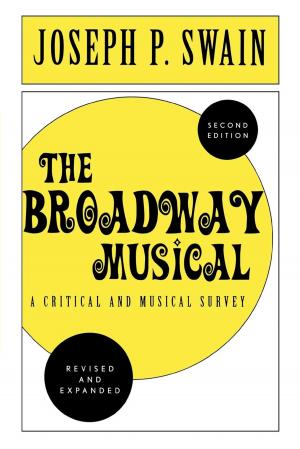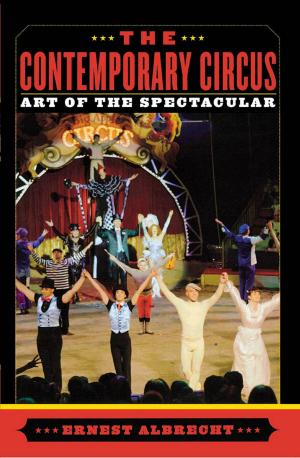All About the Movies
A Handbook for the Movie-Loving Layman
Nonfiction, Entertainment, Performing Arts, Film, Reference & Language, Reference, Guides & Handbooks| Author: | Maurice Rapf | ISBN: | 9781461706397 |
| Publisher: | Scarecrow Press | Publication: | November 1, 2000 |
| Imprint: | Scarecrow Press | Language: | English |
| Author: | Maurice Rapf |
| ISBN: | 9781461706397 |
| Publisher: | Scarecrow Press |
| Publication: | November 1, 2000 |
| Imprint: | Scarecrow Press |
| Language: | English |
Movies are a passion shared by people of all ages and backgrounds. Maurice Rapf, the first director of the Film Studies Program at Dartmouth College, recognizes that most people who profess a love of the movies have not spent much time learning about them. He has written this text as an attempt to fill in some of the information that movie-lovers should have but usually don't. The information contained in the book has been gleaned from courses that he has taught at Dartmouth over the past thirty years. From 30 years of experience, Rapf assembles the essential information every movie lover should know. It begins with a brief history, followed by a description of the movie-making process, broken down into five components—literary, administrative, shooting, editing and post-production, and marketing. Drawing from his own experience as a magazine film critic, Rapf then outlines how critics work and how studios woo their favor. He also touches on some of the forms movies have taken—as animation, documentary, avant-garde, and as promotion and education. Not to be read as an all-inclusive guide, this work can be seen instead as a launching-point for a deeper appreciation of the movies.
Movies are a passion shared by people of all ages and backgrounds. Maurice Rapf, the first director of the Film Studies Program at Dartmouth College, recognizes that most people who profess a love of the movies have not spent much time learning about them. He has written this text as an attempt to fill in some of the information that movie-lovers should have but usually don't. The information contained in the book has been gleaned from courses that he has taught at Dartmouth over the past thirty years. From 30 years of experience, Rapf assembles the essential information every movie lover should know. It begins with a brief history, followed by a description of the movie-making process, broken down into five components—literary, administrative, shooting, editing and post-production, and marketing. Drawing from his own experience as a magazine film critic, Rapf then outlines how critics work and how studios woo their favor. He also touches on some of the forms movies have taken—as animation, documentary, avant-garde, and as promotion and education. Not to be read as an all-inclusive guide, this work can be seen instead as a launching-point for a deeper appreciation of the movies.















